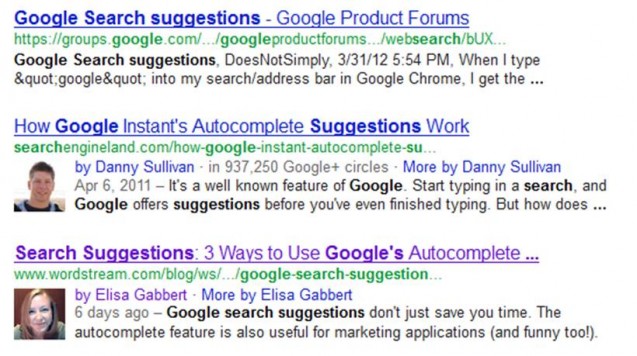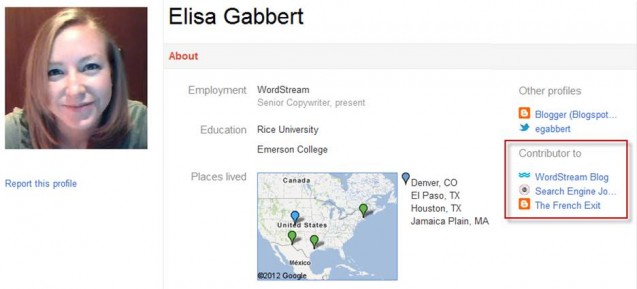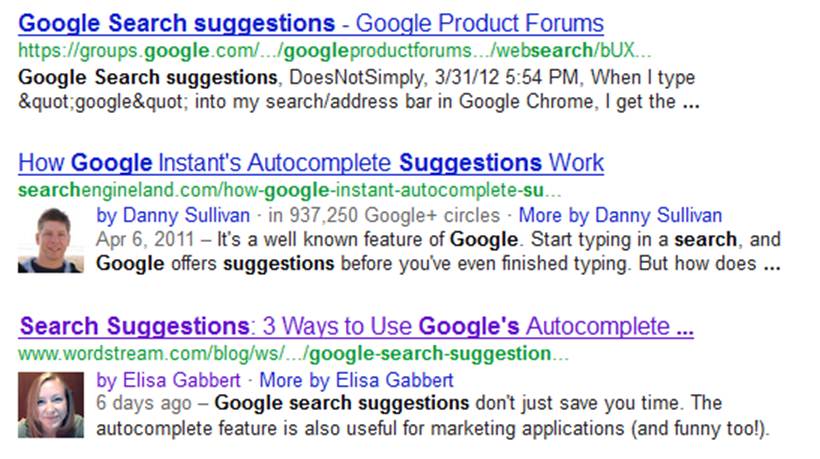If you’ve been playing the SEO game for a year or more, odds are you’ve got the basics down by now. By “basics,” I mean stuff like:
- Keyword research – You have a strategy when it comes to the topics you select and the keywords you target in your site content. This strategy is driven by actual keyword research, data, and trends, not guesswork.
- On-page optimization – You employ sound title and URL structure, use meta tags wisely, optimize your images, utilize your keywords without stuffing, and so on.
- Link building and social promotion – You “get your content out there,” via manual outreach (emailing potentially interested parties to alert them of your new content) and posting updates on Facebook, Twitter, LinkedIn and other social networks.
If you’ve already checked these boxes and picked all the low-hanging fruit – and your SEO gains are starting to level off – it may be time to investigate some more advanced SEO techniques. Assuming you’ve already got the beginner stuff down, here are three more SEO tactics to take your content to the next level in terms of rankings, visibility, and traffic.
Commission an Infographic
Infographics – those big, (hopefully) beautiful, shareable images packed with (hopefully) data – aren’t the newest kid on the marketing block anymore, but they are still a good way to drive a large amount of traffic and links in a short amount of time, and are often your best bet at snagging links from big-deal domains like the New York Times.
Strong infographics are usually pretty resource-intensive, but the good news is that you can commission a design firm to do most of the work. (In the past, we have worked with Nowsourcing and Killer Infographics, in addition to producing our own graphics.)
Some tips for getting it right:
- Choose a concept that’s tied to your brand – People will take your infographic more seriously if it’s on a topic that you’re uniquely positioned to cover. For example, we have always specialized in keywords (hence the name “WordStream”), and our infographic on the most expensive keywords in AdWords has been our most popular to date.
- Consider your target pickups during the concept/research stage – If you know you want a link from, say, Mashable or Wired, do what you can to gear your angle toward those publications (hip and techy!). If you want links from more straight-laced news sites like the Wall Street Journal, focus on the value to business people.
- Review and revise (and do it again) – Make sure your facts are double-checked, nothing is misspelled and so on before you “go to print.”
- Devote significant time and manpower to pitching – Things rarely “go viral” without being forced to. Spend at least a day sending out pitch letters to news outlets and other sites that you want to publish the infographic. Do your research – target people who cover topics similar to what you’re pitching.
Given the resources required to do all this well, you’ll probably want to plan each infographic at least a month in advance, allowing adequate time for research, development, iteration, and promotion.
Implement Author Markup to Increase CTR
Using author markup allows you to enhance your listings in the organic search results much in the same way that ad extensions enhance your paid search ads. When set up properly, relevant articles in the SERPs will appear with a photo of the author next to them:

Also like ad extensions, author markup can increase your click-through rate. The image is not only eye-catching, it helps put a consistent face to your brand and gives your results more authority over time. All the better if you or other authors on your site already have name and face recognition in your industry – readers who know and trust your authors will be that much more likely to click through. (See Danny Sullivan above, still slightly more famous than me – and included in almost a million Google+ circles!)
To implement author markup on your site/blog, you’ll need a Google+ profile and an author profile page on your own site for each writer that you want to feature, and you’ll need to link these pages together. Below is my Google profile page, which lists me as a contributor to the WordStream blog as well as Search Engine Journal:

Here are more tips from Google on getting your author information in the search results.
Syndicate Your Content for Passive Link Building
Controversy alert: Some marketers will tell you that syndication is a bad scene because it creates duplicate content. As always, YMMV: weigh your options carefully and perform tests when possible.
I consider this an advanced technique because syndication is really only something you’ll want to pursue if you already have an established site with good domain authority. Why? Because otherwise you risk being outranked by the sites that are syndicating your content. (Oops!)
So far, we have found syndication to be a great way to passively build links (once you set up syndication by RSS, there is little to no additional effort involved) as well as referral traffic. Like guest blogging, it gets your message in front of people who might not otherwise have seen it.
If you want to explore syndication, be sure to choose reputable sites that will clearly credit you as the original source of the content and keep your links intact.





